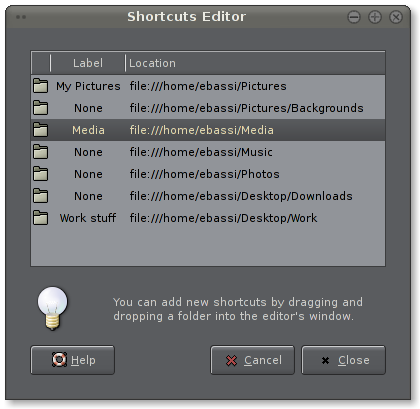gtk+: I’ve been working again on the RecentManager and in trunk you’ll see some new stuff, namely:
- use GIO to determine the MIME type of a URI, on every platform supported
- use the file monitoring API to avoid polling the storage file
- add a GtkSettings property for clamping the recently used resources list to a 30 days limit
more stuff I’d like to add is:
- small parser changes to GBookmarkFile, to reflect changes in the spec
- bulk addition, for applications storing multiple items when quitting
- new API needed to follow the usability review in bug 349541
- moving the RecentItem icon code to GIO, and add API to extract the thumbnail
twitter: I’ve been using Twitter a lot in the past two weeks; it’s nice, it makes it easier to copy and paste a quote or a thought, and the 160 characters limit is an interesting challenge. As it’s been ages since I last wrote an application ((lately all I’ve been doing was writing libraries)), I decided to start writing a Twitter reader/writer — using GTK+, Clutter and Tidy; without much thinking, I opened gvim and started writing code in C ((hey, that’s what I do for a living, it’s hard to switch off; plus, I could reuse some of the platform libraries)) — so, the obvious thing that happened was that I ended up writing a library yet again in order to use Twitter’s web API. luckily for me, libsoup has now a really nice API to work with; all you need is GET and POST to their RESTful API, retrieve the result, parse it through JSON-GLib, hide everything inside a new GObject and you have a wrapper around a web service. the application, you say? oh, I was sure I forgot something. well, it’s coming along — it just needs some work still.


